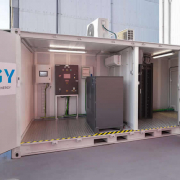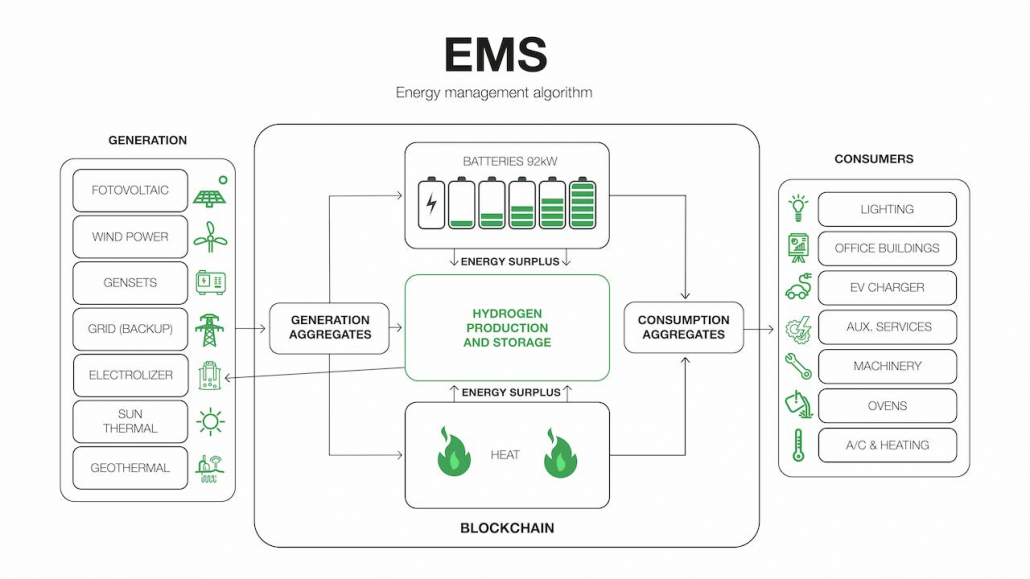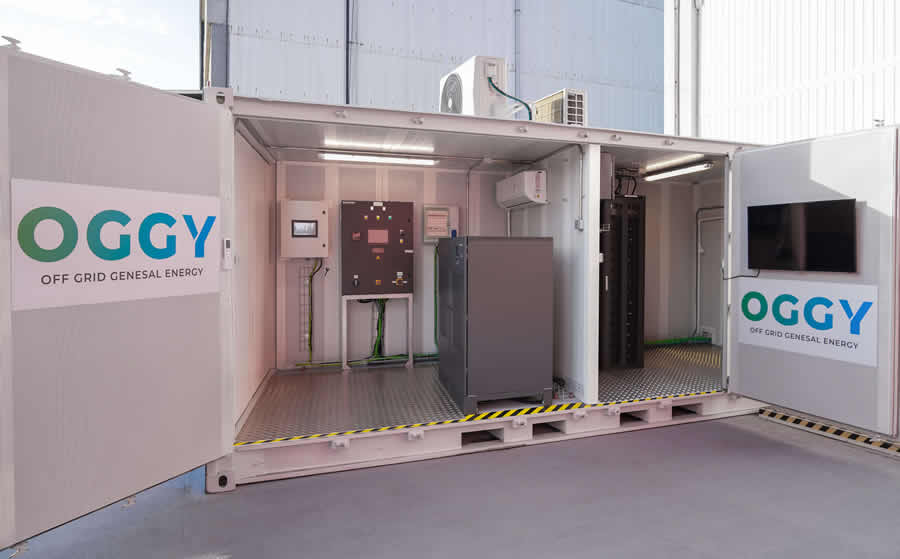What is the carbon border adjustment mechanism and why is it so controversial?
-
The EU proposes to apply a tariff on imported carbon-intensive products.
-
The measure (CBAM) will be implemented in two phases, will come into force in 2026 and will initially apply to imports in sectors such as cement, hydrogen and electricity.
As part of the fight against climate change, the European Union (EU) has launched what it considers to be one of the key instruments within the European Green Pact: The Carbon Border Adjustment Mechanism, also known as CBAM. It is an essential part of the “Fit for 55” measures package, a set of proposals to revise and update EU legislation to ensure that the EU’s intermediate target of reducing greenhouse gas (GHG) emissions by 55% by 2030 is met.
This proposal has already been described as “bold, complicated and controversial” and several countries have already expressed concerns about its implementation. The measure will undoubtedly disrupt trade relations between the EU and its partners, but let’s look at exactly what it is.
The CBAM is intended to be implemented in parallel to the EU Emissions Trading Scheme (ETS) to counter the so-called ‘carbon-leakage’. Based on the “cap-and-trade” principle, the ETS sets a price on carbon and, each year, industries covered by the ETS must buy allowances corresponding to their GHG emissions. These allowances are limited, and each year the limit is lowered with the aim of creating financial incentives for companies to reduce their emissions.
Risk of carbon-leakage
The issue is that this could lead to what is known as carbon leakage: although some companies, which production processes are high in GHG emissions, are allocated free allowances to support their competitiveness, these will be progressively phased out, raising the risk that they may consider moving their production to other countries outside the EU in order to avoid the increased costs associated with the ETS, importing products at a more advantageous price to the detriment of the environment.
This is where the CBAM applies. This is a tariff on carbon-intensive products imported to the EU to balance by equalising the carbon price of imports with the carbon price of EU products. The phasing out of the free allocation of allowances under the ETS will take place in parallel with the introduction of the CBAM mechanism, ensuring coherence between climate objectives and trade policy.
The CBAM will be implemented in two phases, so that before the entry into operation of the final version, there will be a transitional period with the following objectives:
- To serve as a learning curve for importers, producers and the authorities involved.
- To allow the collection of info
rmation on GHG emissions to help refine the methodologies for calculating these emissions. - Align the price of carbon produced in the EU with that of imported goods.
This first transitional period will run from 1 October 2023 to 31 December 2025, and initially applies only to imports from the sectors most at risk of carbon leakage: cement, iron/steel, aluminium, hydrogen, fertilisers and electricity (although it has already been agreed that this will be extended to more products, such as chemicals and polymers). The specific goods that are affected by CBAM are detailed in Annexes I and II of Implementing Regulation (EU) 2023/1773, where the CN codes for all affected materials are listed.
In addition, the obligations arising from the importation of these goods are also set out:
- Register in the transitional CBAM Register, which allows communication between all parties to the mechanism (European Commission, competent and customs authorities, traders and reporting companies).
- Submit CBAM reports on a quarterly basis. Importers of goods (or their indirect customs representatives) are responsible for reporting the GHG emissions implicit in their imports. The report must be submitted no later than one month after the end of the quarter, and emissions calculations can be made in 3 ways:
- Using default reference values published by the European Commission. This method can only be used to report 100% of the implied emissions until July 2024; it can be used for the remaining transitional period to report up to 20% of the implied emissions.
- Using an equivalent methodology that considers either a carbon pricing system, a mandatory emissions monitoring system, or a monitoring system that may include verification by an accredited third party (always where the installation is located). This method may be used for imports until December 2024.
- Using the new methodology provided by the EU. It may be applied throughout the transitional period.
No payment or financial adjustment will be required during this first phase.
Once the mechanism fully enters into force on 1 January 2026, importers will be obliged to purchase the corresponding CBAM certificates. It should be noted that this mechanism is not a tax to be paid on import, but that the purchase of the certificates must be acquired prior to the importation of the products subject to CBAM. If the importer can prove that a carbon price has already been paid during the production of the imported goods, this amount can be deducted from the corresponding amount to be redeemed at CBAM.
Subsequently, by 31 May each year at the latest, the importer or his representative must submit an annual report, stating the goods imported in the previous calendar year and their corresponding emissions, as well as the number of CBAM certificates purchased for that year.
Antía Míguez, Technologist at Genesal Energy






